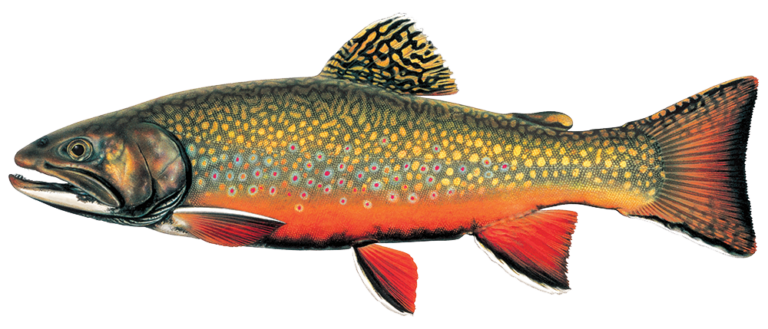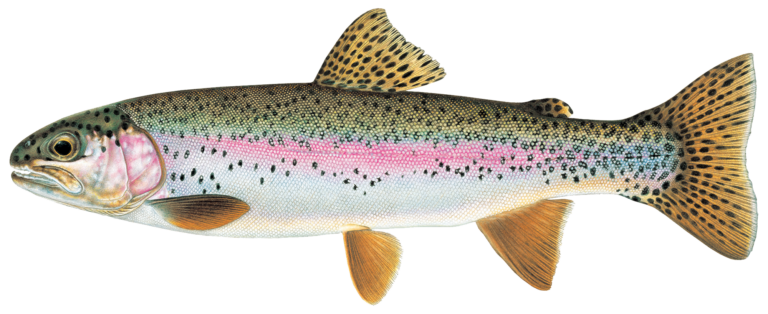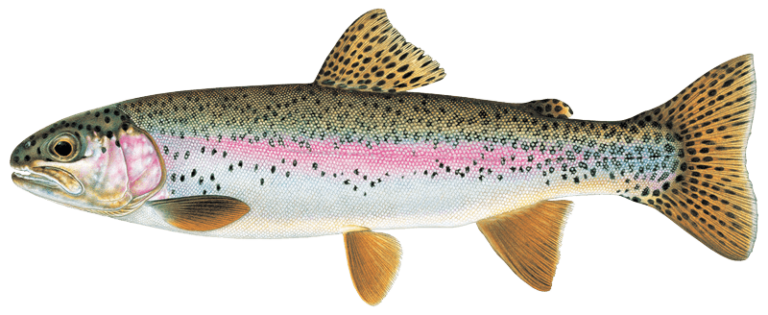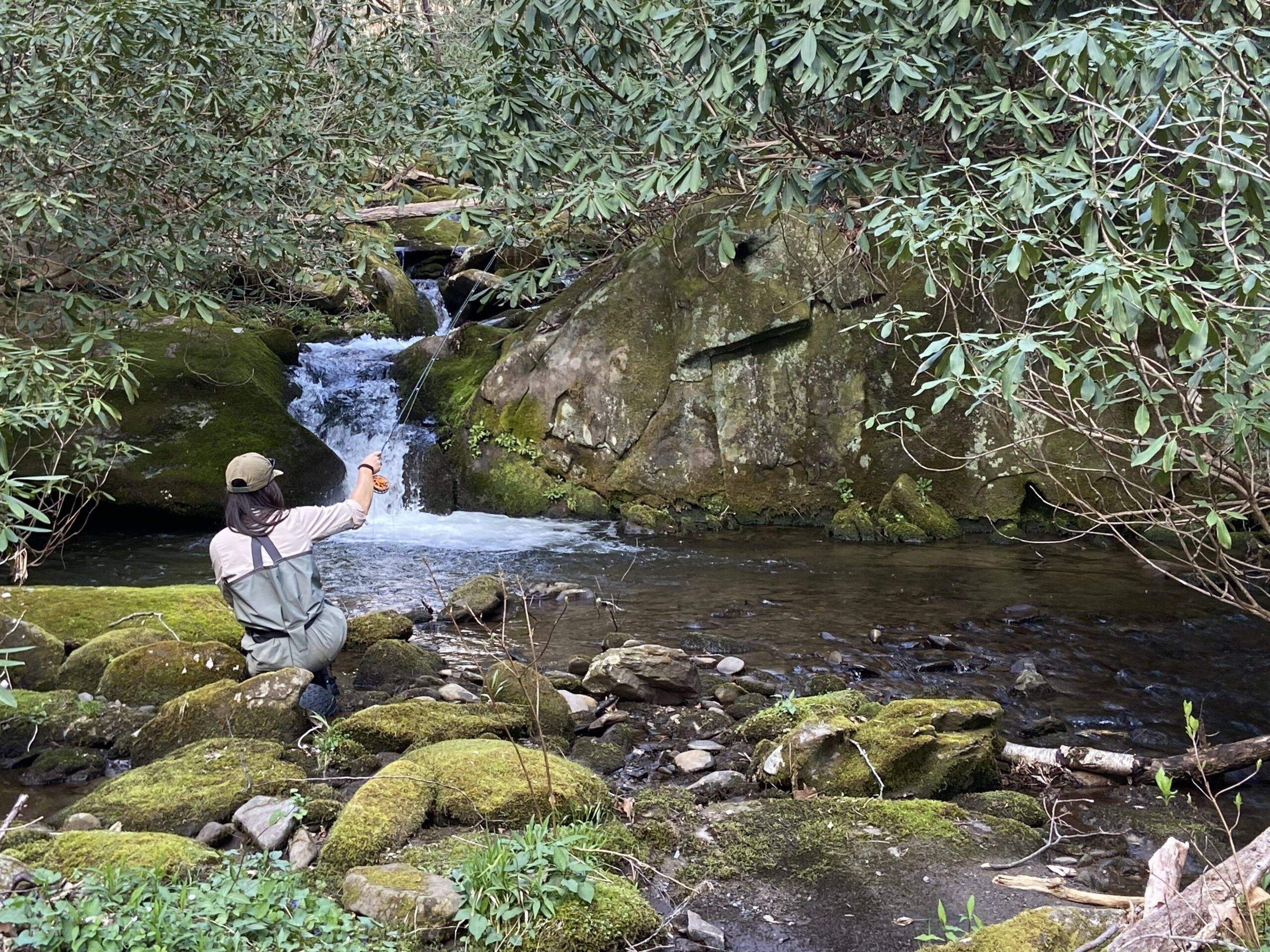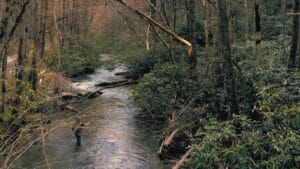Tennessee

Overview
From tiny, high-mountain creeks brimming with colorful brook trout to tailwaters known for trophy browns and rainbows, Tennessee has a bit of everything. The state’s Priority Waters are almost exclusively found on the state’s mountainous border with North Carolina, where high-elevation tributaries to many major rivers originate. Although trout populations are strong in the headwaters of these systems, ongoing work to remove barriers and enhance stream habitat is making the waters even more resilient to future challenges, including warming temperatures and stronger storms related to our changing climate.
Threats & Opportunities
Tennessee’s moderate latitude puts it at the southern edge for widespread, viable trout waters. That is offset somewhat by the high elevation of many streams, as well as fisheries in several tailwaters fed by cold releases from large dams. Many of the smaller streams are found on public lands and are still bearing the scars of long-ago timber-cutting operations, particularly a lack of natural wood habitat in streams.
How We Work
Reconnection
We’re advocating for removing or improving fish passage at barriers large and small. Removing dams or other barriers, such as two recent projects in the Cherokee National Forest near Del Rio, are improving habitat access for native brook trout.
Restoration
We use a variety of tools, including the Eastern Brook Trout Conservation Portfolio, to prioritize streams where habitat restoration is most needed and where it will have the most impact and best chance for long-term success. TU is expanding strategic wood addition work across the state, particularly on National Forest land, enhancing stream habitat and reducing flood risks by adding large trees to streams.
Protection
We are engaging landowners to protect Tennessee’s coldwater trout streams by advocating for commonsense development, working with land trusts to protect key places, and setting up conservation easements. By working with state freshwater fisheries officials, we are in a better position to advocate for needed regulatory protections, including management strategies that prioritize wild trout populations both in smaller streams and in the state’s heavily utilized tailwater fisheries.
How You Can Help
Help us assess barriers to fish passage and get your hands dirty with us on restoration projects.
TAKE ACTIONLearn about our work caring for and recovering Priority Waters in Tennessee and across the Southeast.
Tennessee Conservation Team

Jeff Wright
Southern Appalachians Project Manager
jeffrey.wright@tu.org
Southern Appalachians Project Manager
jeffrey.wright@tu.org
Priority Waters
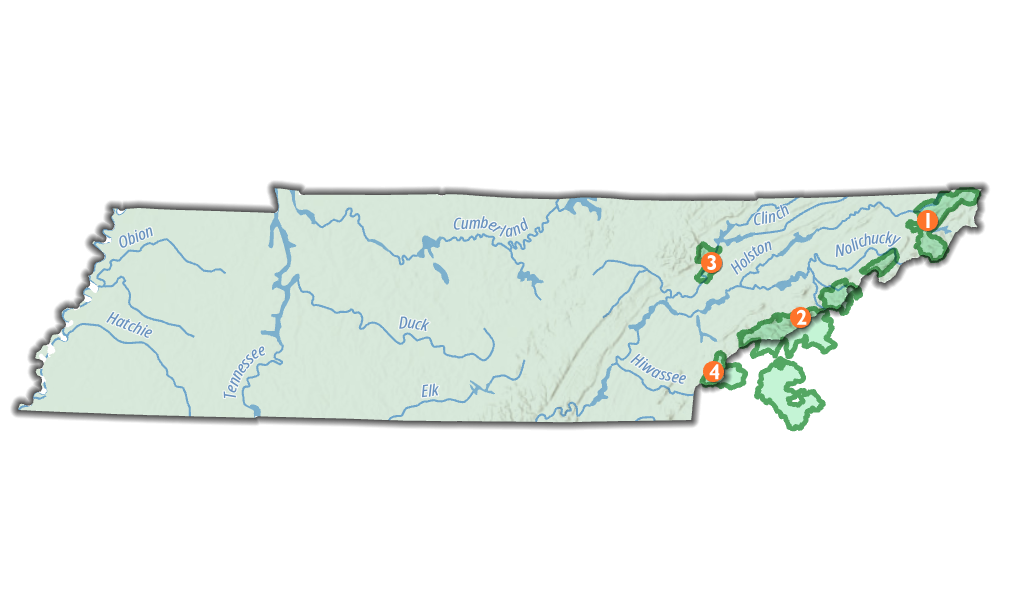
-
Tennessee River Headwaters
In terms of trout resources, this area is about as diverse as can be, with a mix of mountain streams providing endless opportunities for blue-line explorers and two large tailwaters — the South Holston and Watauga — that are among the best trout fisheries in the East. We’re working on an ambitious strategic wood-loading initiative on some of the smaller streams in the Cherokee National Forest and advocating for tailwater management that prioritizes the wild trout populations in the South Holston and Watauga.
-
Great Smoky Mountains National Park
No list of great wild trout fisheries in the East is complete without the Great Smoky Mountains National Park, which offers something for just about every angler or wild river fan. The park offers blue-lining opportunities galore, with plenty of options deep in the backcountry. There are also some more accessible streams, like the popular and scenic Oconaluftee River near Cherokee.
-
Clinch River Tailwater
The only Tennessee Priority Water not in the Blue Ridge Range, the Clinch River is a productive tailwater known for trophy rainbow trout. With evidence that rainbows are reproducing naturally in the stream, this is a key area for habitat work and advocacy for the regulations most appropriate for this exciting fishery.
-
Little Tennessee Headwaters
Beginning just below the North Carolina / Georgia state line south of Franklin and running to the North Carolina / Tennessee state line west of Robbinsville, the Little Tennessee watershed encompasses key coldwater resources in the state, including Sugar Cove Creek, where recently repatriated native brook trout are thriving thanks in part to TU’s large wood habitat work.

